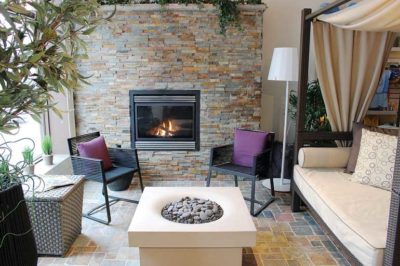
Of course, this also needs to be coupled with a proper merchandised display with competitively priced items positioned lower on a wall or shelf, and higher-margin products placed at eye level. This is one way to increase sales and profitability when the consumer is deciding which product to buy. In fact, more than 50 per cent of consumers base their purchasing decisions on product positioning versus any other factor. Grocery stores know this best, which is why they position products in a methodical manner.
Offering deluxe or high-end products is another way to get the consumer into a retail store. That said, consumers are now expecting brick-and-mortar stores to carry higher quality products than those found online. By offering these types of products it gets them in the door, as they have the ability to see, feel, and touch the products they may be interested in, which in turn helps the consumer determine what product is right for them. Using this type of plan or strategy can help display products in a way that encourages people to make purchases based on three things most consumers are looking for: convenience, availability, and quality. For example, how excited would a child be if their parents took them to a toy store which only had a handful of toys? How many people would shop at a wine store that only offers one type of wine? The answer to these questions is obvious; therefore, it is imperative for a retail store to offer a variety of products and to keep them in stock.
The general rule is to stick to a good, better, best strategy when it comes to product selection. Once this has been perfected, add an ultra-premium brand or product to the mix to increase average sales.
Product exclusivity
Some of the most successful retailers always tend to work with their suppliers to offer products that have a protected Internet price or, in some cases, offer products that are exclusive to the retailer. This is a great way to get consumers into the store, as it sends a message that the retailer is competitively priced if products cost the same in-store as they do online.
Some of the best brands in the world understand this (e.g. Apple, Bose, Thule, Patagonia, and Aveda), to name a few. This contributes to the total consumer experience and allows them to come in, see, feel, and touch the merchandise, and ultimately leave the store with one or more in hand, feeling comfortable and confident with their purchase.






